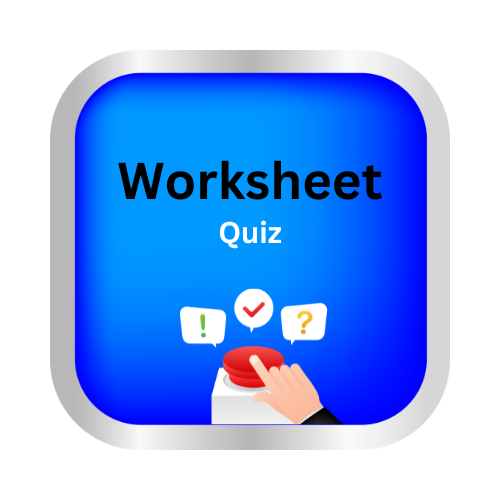Good, better, best, bad, worse and worst
Key Notes:
🌟 Good, Better, Best & Bad, Worse, Worst 🌟
| ✅ Positive, Comparative & Superlative forms: |
Good 👍
- Positive form: Good 🟢
- Comparative form: Better 🟡 (used to compare TWO things)
- Superlative form: Best 🔴 (used to compare MORE than two things)
👉 Examples:
- This cake is good. 🎂
- This cake is better than that one. 🍰
- This is the best cake I’ve ever eaten. 🏆
Bad 👎
- Positive form: Bad 🟢
- Comparative form: Worse 🟡 (used to compare TWO things)
- Superlative form: Worst 🔴 (used to compare MORE than two things)
👉 Examples:
- The weather is bad today. 🌧️
- Yesterday’s weather was worse than today. ⛈️
- Last week’s storm was the worst of all. 🌪️
| 🎯 Quick Tips ✨ |
- Use Good → Better → Best for something nice 👍
- Use Bad → Worse → Worst for something unpleasant 👎
- Comparative (Better, Worse) → between 2 things ✌️
- Superlative (Best, Worst) → among 3 or more things 👨👩👧👦
| 🌈 Memory Trick 🎉 |
- ⭐ Good → Better → Best
(Climbing UP the ladder of quality) - ⚡ Bad → Worse → Worst
(Going DOWN the ladder of quality)
Let’s practice!
Pages: 1 2

